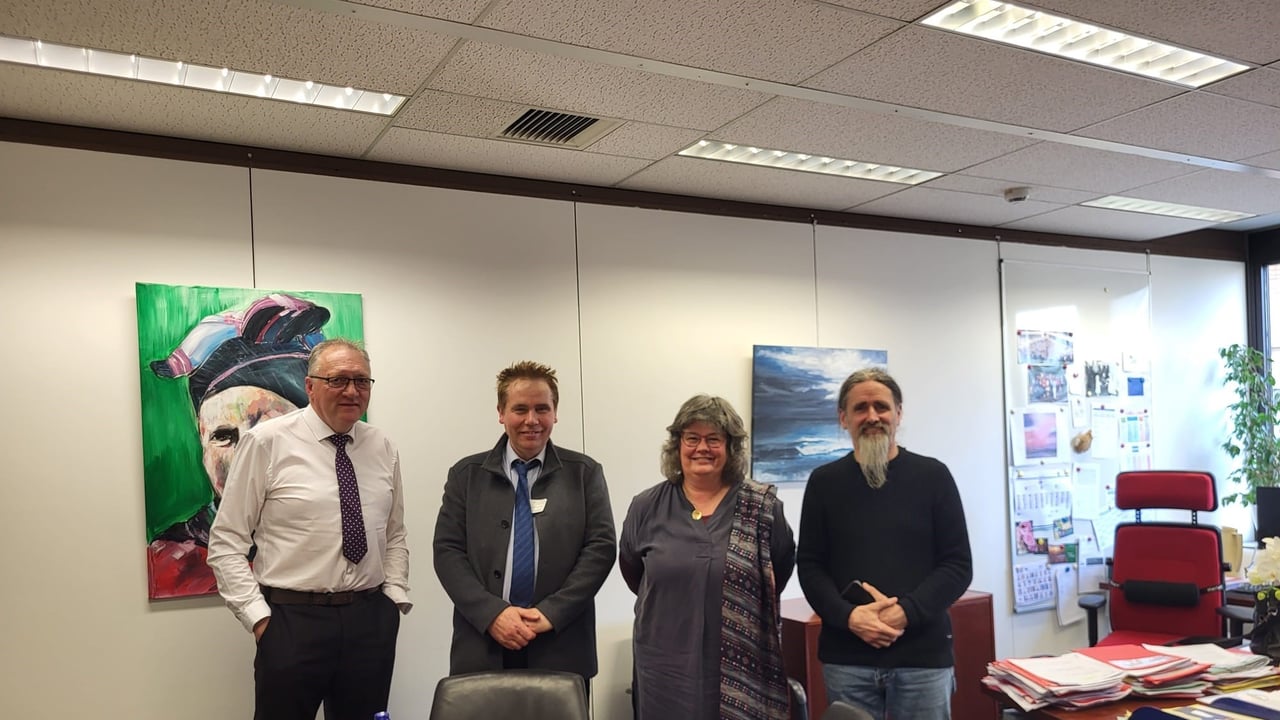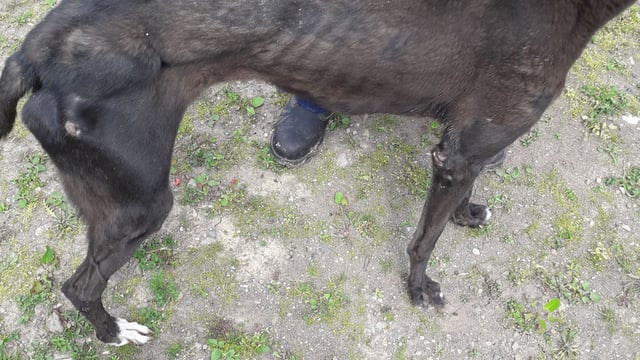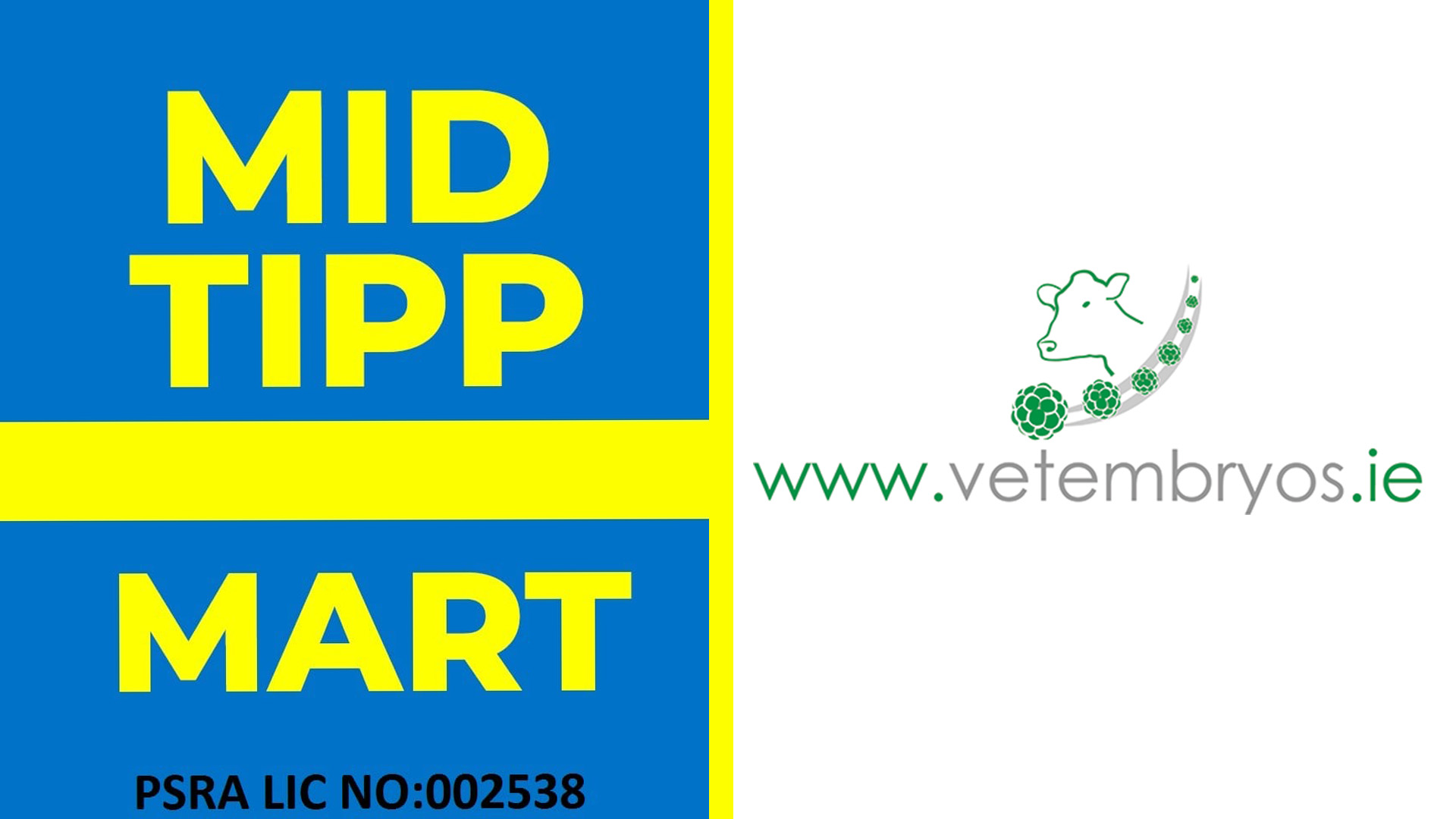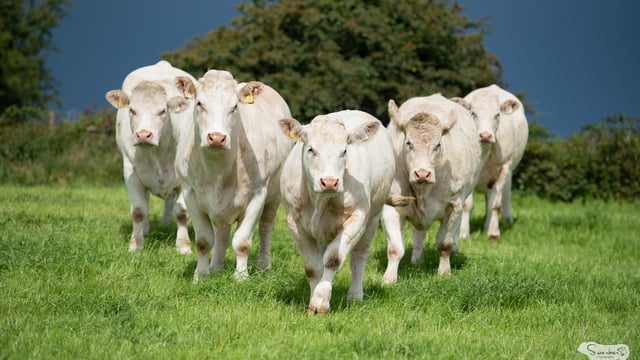INHFA meets EU Commission officials to discuss GAEC 2 concerns
The Irish Natura and Hill Farmers Association (INHFA) has voiced its opposition to Ireland's proposal under the second Good Agricultural and Environmental Conditions (GAEC 2) to the European Commission.
Representatives from the farm organisation travelled to Brussels on Thursday (March 27) to discuss Ireland's GAEC 2 submission with EU Commission officials in a meeting organised by Irish MEP Luke Ming Flanagan.
INHFA president Vincent Roddy, who attended the meeting, outlined how the association has lodged a formal objection to Ireland’s GAEC 2 submission with both the commission and with Ireland’s Common Agricultural Policy Strategic Plan (CSP) monitoring committee.
"In lodging this objection, we are also well aware of the vital importance the EU Commission has attached to the continuation of agricultural activities to maintain and protect these lands as reflected in the footnote of the EU legal text for GAEC 2," Roddy said.
The INHFA president explained that "the principle bone of contention with the Irish proposal is the implementation of the GAEC2 standard at full Land Parcel Identification system (LPIS) parcel level".
“None of the other eight GAEC standards are required to be implemented in this way," he said.
"While we accept that monitoring and controls by the Department of Agriculture Food and the Marine (DAFM) are administered at LPIS parcel level, this can also be achieved in the case of GAEC 2 by red-lining out features similar to GAEC 8, which covers space for nature, and GAEC 9 that protects Natura 2000 sites.
"The Irish proposal has, through using the full LPIS parcel and a 50% threshold for peat soil content within that land parcel, captured approximately 100,000ha of inorganic (mineral) soil in a GAEC standard designed solely to protect carbon-rich soils," Roddy said.
The INHFA president claimed that during the meeting it was "established and conceded" by EU Commission officials "that mapping of GAEC 2 full LPIS parcels was not a legal requirement and that mineral soils were not required to be included as part of a standard designed for wetlands and peatlands".
The INHFA delegates also outlined to the commission workable proposals similar to the red lining of areas and features under other GAEC standards.
"This can deliver for GAEC 2 through identifying the peat soil in the parcel and be verified by way of an annual declaration as part of the BISS application.
"The INHFA, who have been the only farm organisation to officially object to the current GAEC 2 proposals, will continue to seek a fair solution that doesn't discriminate unfairly on the 35,000 farmers whose land parcels fall foul of the 50% threshold proposed by DAFM," Roddy said.





